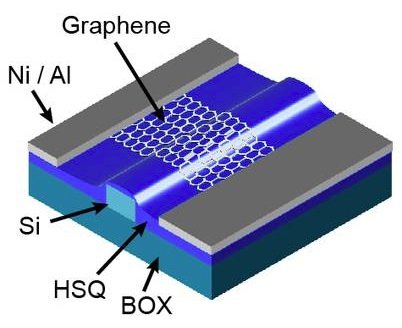Researchers find way to fix graphene grain-boundary defects
Researchers from Korea's Ulsan National Institute of Science and Technology developed a technique to repair graphene line defects by selectively depositing metal (Platinum). Graphene grain boundary defects harm the material's properties, and the new method can be used to address this issue.
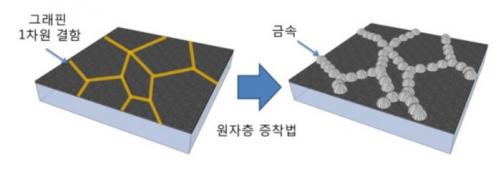
Using Atomic Layer Deposition (ALD), the researchers managed to use the platinum metal and deposit it on the line defects. The researchers used the new improved sheets to develop electrodes and hydrogen gas sensors at room temperature. In these two applications, the enhanced sheets outperformed the original graphene sheets three times over.
The researchers now say they want to try different metals (such as gold and silver), and also test other applications.
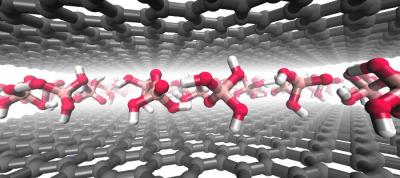

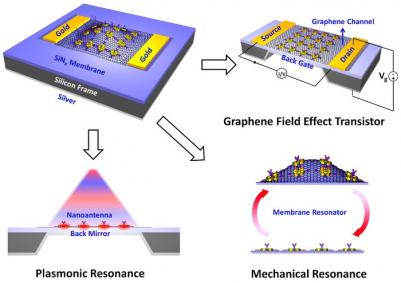
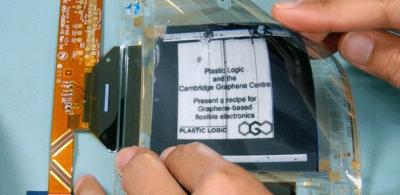

 Graphene 3D Labs went public on August 11th at $0.40 per share and at the time of writing, it hit a new 52-week high today of $2.09 per share for a gain of 522% in less than two months. Lomiko invested into Graphene 3D Labs earlier this year at an average investment price of $0.12 per share. Lomiko's gains are not yet being reflected in the company's share price.
Graphene 3D Labs went public on August 11th at $0.40 per share and at the time of writing, it hit a new 52-week high today of $2.09 per share for a gain of 522% in less than two months. Lomiko invested into Graphene 3D Labs earlier this year at an average investment price of $0.12 per share. Lomiko's gains are not yet being reflected in the company's share price.

